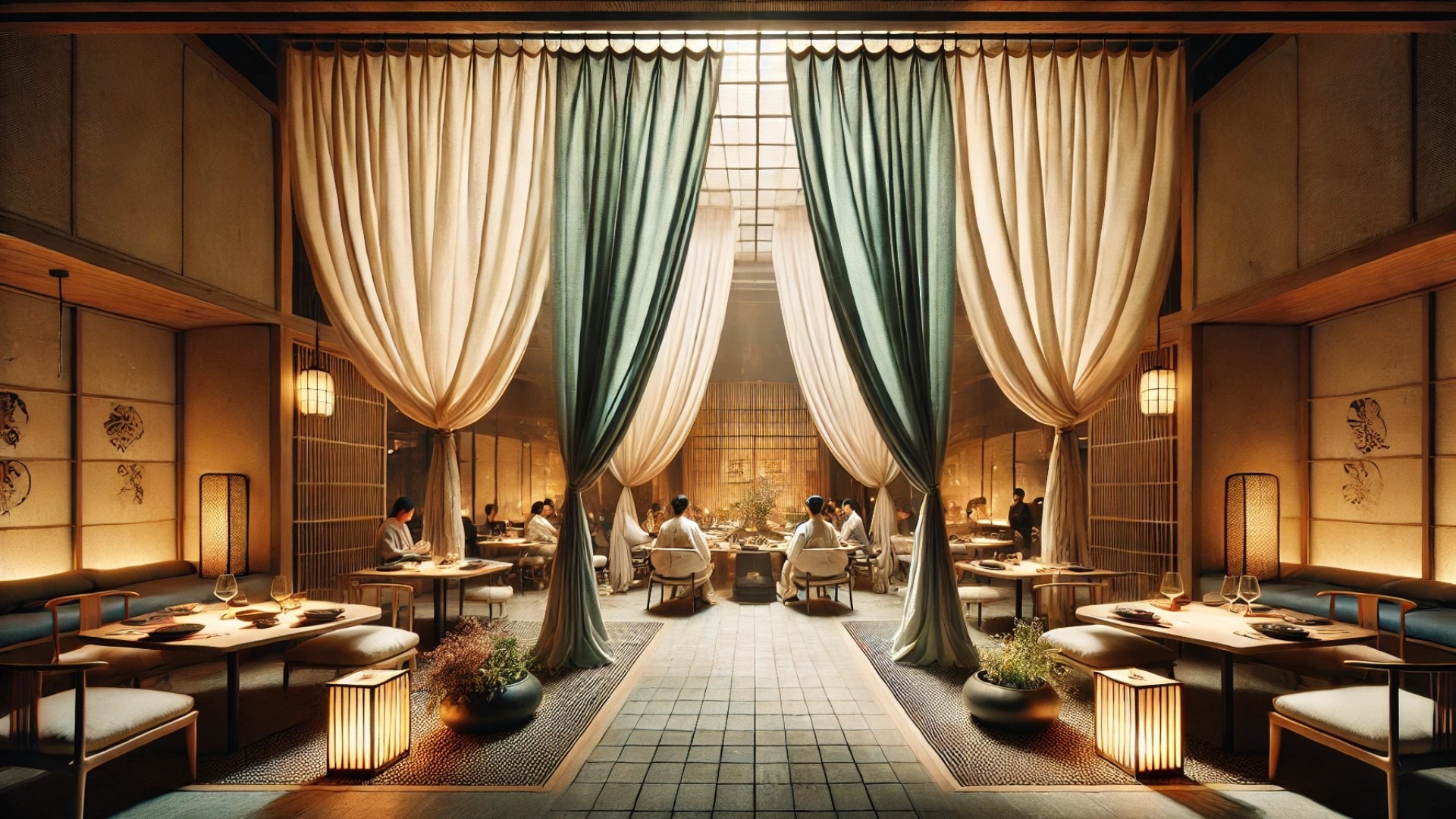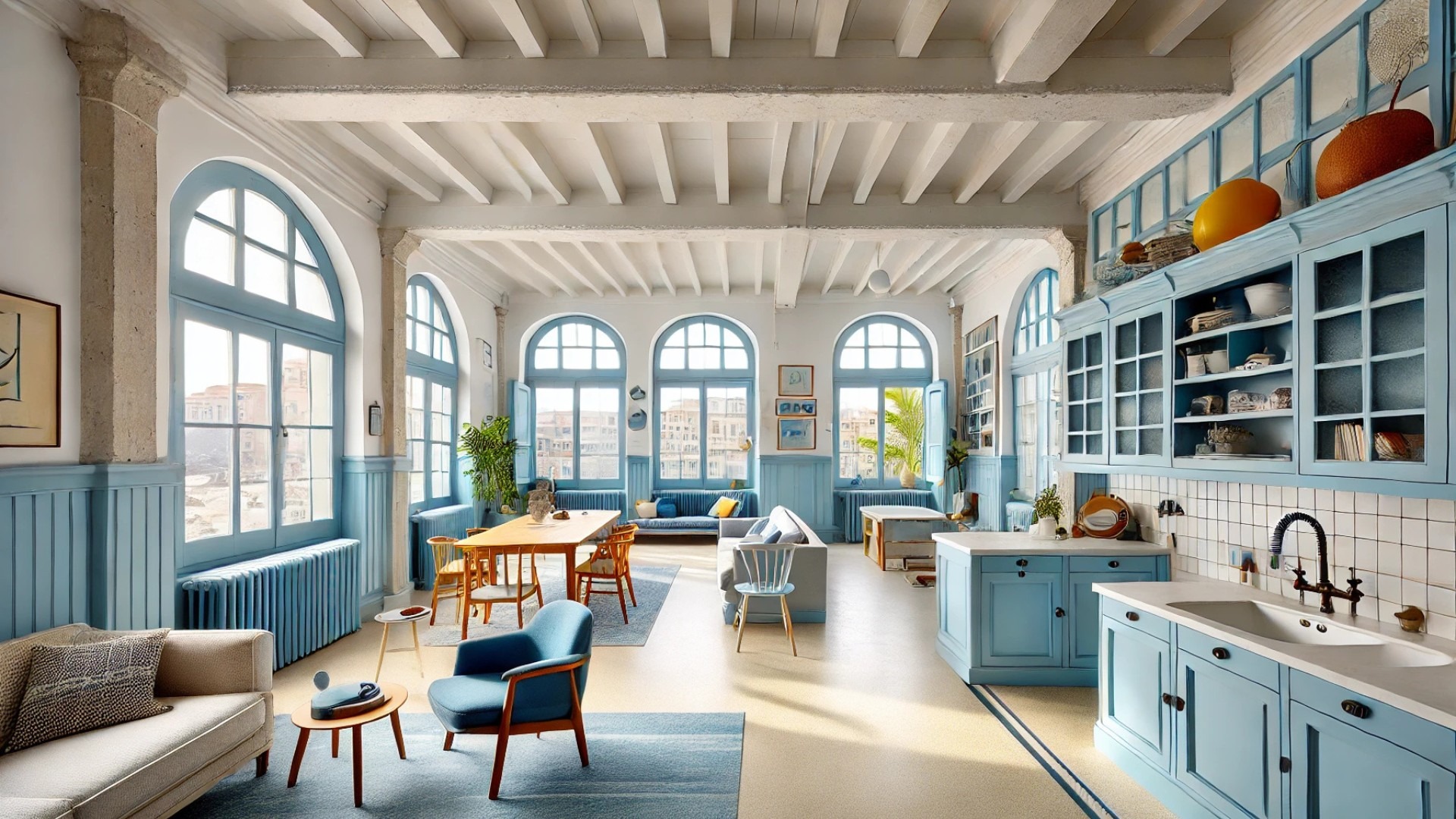
The Cultural Significance of Noren in Modern Design
In a world where the past and present often collide, restaurant design in Tokyo's Bakurocho serves as a perfect example of how cultural heritage can shape contemporary spaces. UENOA, the architectural firm behind the new Tokiwa Shokudo restaurant, highlights the importance of the noren, a traditional Japanese curtain that symbolizes hospitality and openness. Historically, noren served practical purposes, blocking sunlight and providing privacy. However, their evolving role has elevated them to cultural icons representing the wealth of Japanese tradition.
Bridging Tradition with Innovation
UENOA takes tradition a step further by reimagining the noren for the modern diner. With this project, the firm crafts an interior that speaks to the next century while honoring the restaurant’s 100-year legacy. The decision to use a thicker canvas, reminiscent of the dense fabric used in traditional noren, creates a rich visual narrative. Hanged in layers throughout the seating area, these 6-meter wide curtains drape softly, offering a dynamic interplay of light and shadow as patrons come and go. Such a design does more than beautify; it transforms the customer experience into one that feels both celebratory and immersive.
Creating Ambiance and Space
When you step into Tokiwa Shokudo, the unique fabric chosen for the noren adds depth to the restaurant's ambiance. Each curtain's color contrasts beautifully, revealing the thoughtfulness behind the design—an intentional spatial flow that guides visitors from the bustling street into a serene dining atmosphere. Unlike rigid walls, these soft beige and turquoise hues bring warmth and movement to the space, embodying UENOA’s belief that architecture should enrich everyday life through culture.
Emotional Connections through Design
For many diners, traditional elements create emotional bonds that elevate dining beyond food. At Tokiwa Shokudo, the noren serves as a reminder of every meal shared and every memory created within these walls. As guests dine, they are not just enjoying a meal, but rather participating in a narrative woven from Japanese culture and enduring craftsmanship. This synthesis of old and new not only respects the history of the beloved diner but also opens the door to future memories, truly making the philosophy of “enriching daily life” come alive.
Conclusion: The Future of Restaurant Design
As the architectural landscape continues to fluctuate with modern trends, designs like that of UENOA remind us of the value of timeless elegance and storytelling through space. The noren at Tokiwa Shokudo represents a marriage of past and present—a lesson for future designs that seek to honor cultural heritage while embracing innovation. In a fast-paced world, these connections to tradition offer an essential grounding force.
 Add Row
Add Row  Add
Add 

 Add Row
Add Row  Add Element
Add Element 




Write A Comment